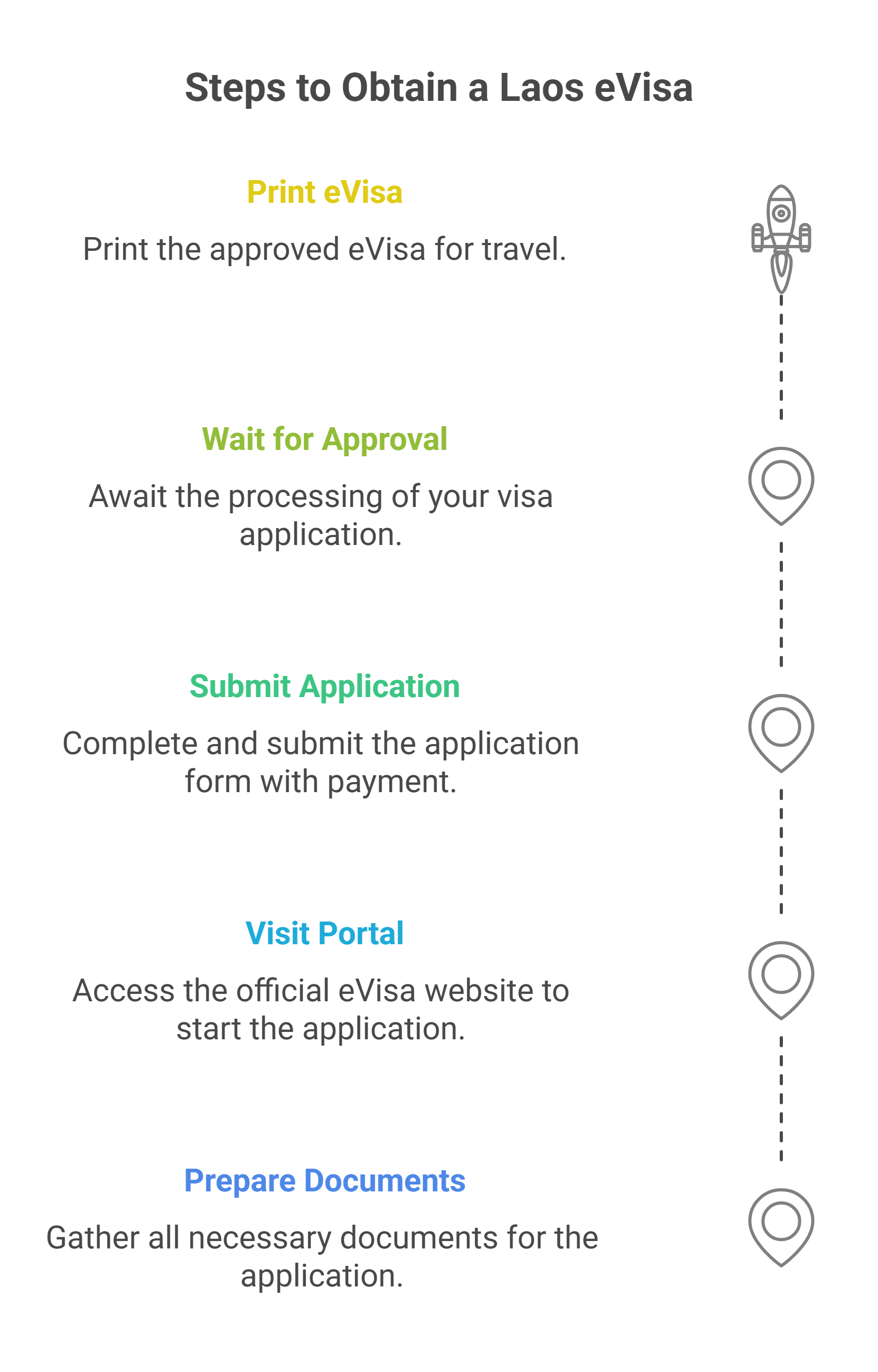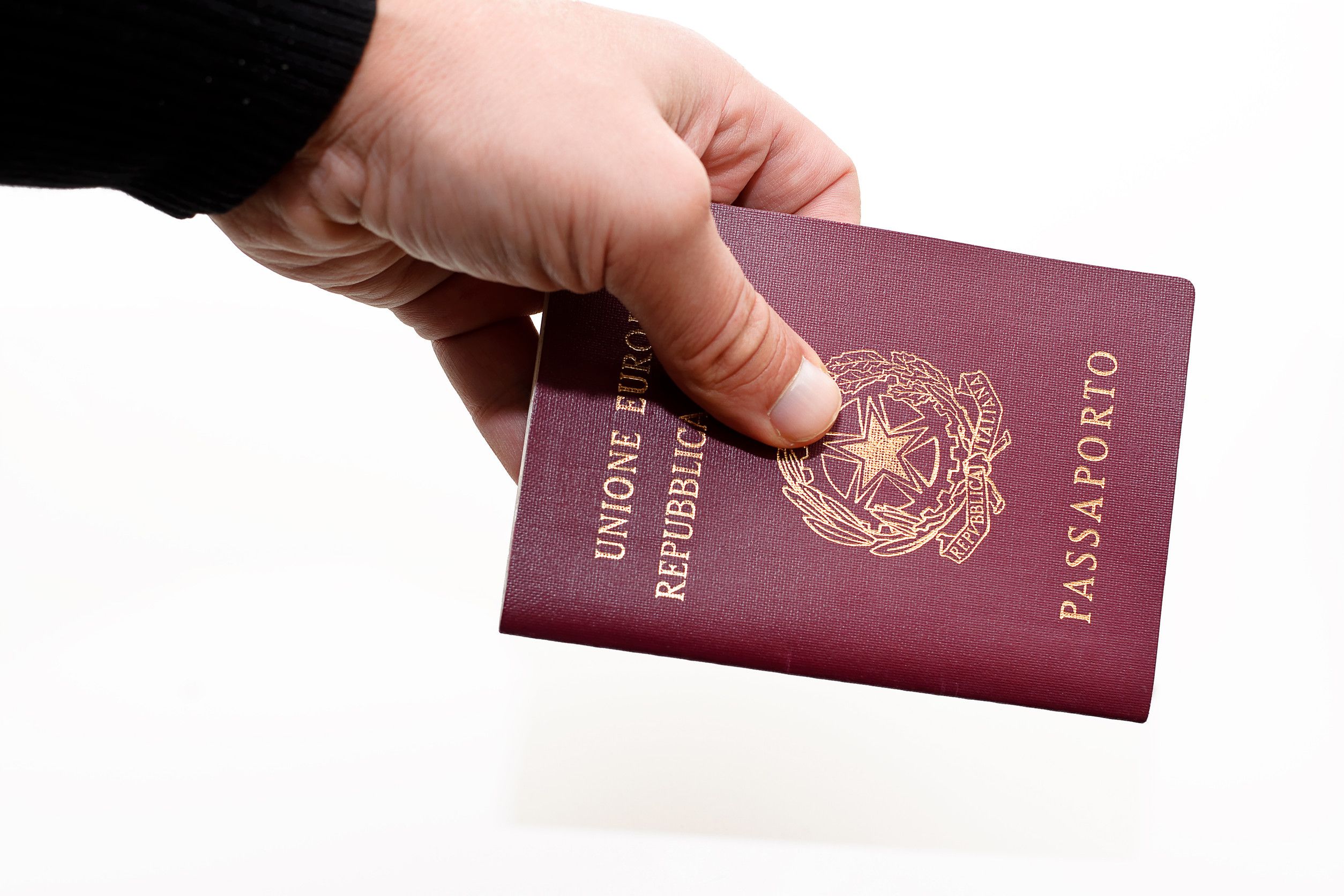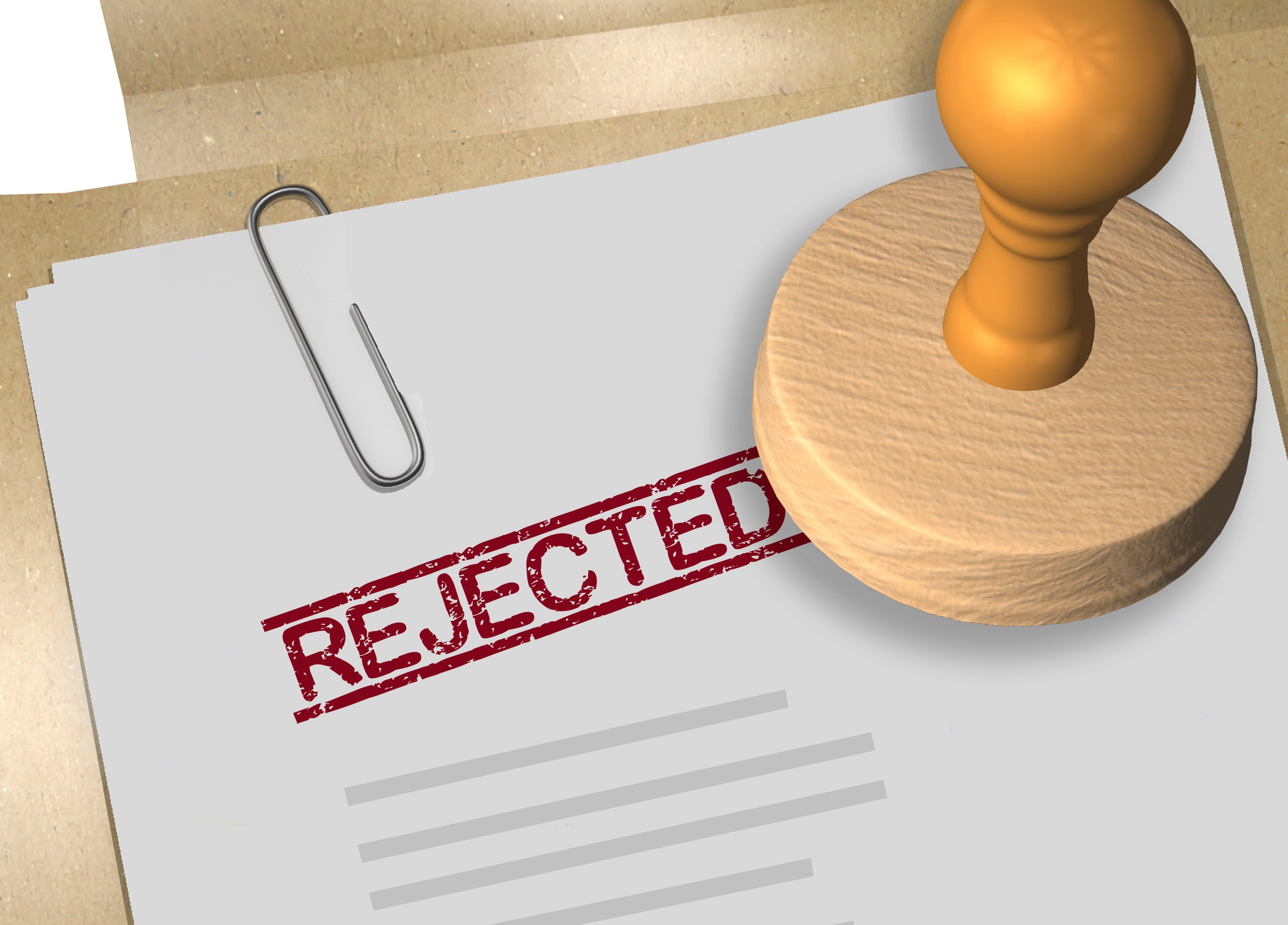
The Laos eVisa system has been modernized to become user-friendly, allowing tourists, both Italians included, an easier way to apply for a visa. This has been designed to conveniently offer an online application for a visa instead of going to an embassy or consulate for the same. An eVisa will grant Italian travelers easy permission to enter Laos for tourism purposes. This hassle-free system ensures a smoother travel experience, offering quick approvals to make Laos more accessible than ever.
What is the Laos eVisa for Italian Citizens?
The Laos eVisa, also known as the Laos Electronic Visa, is an official travel authorization introduced by the government to facilitate short-term visits. It allows Italian citizens to enter Laos for tourism and certain other purposes without needing to visit an embassy or consulate.
Laos eVisa Eligibility for Italian Travelers
Italian citizens are eligible to apply for the Laos eVisa. This visa is ideal for those visiting Laos for tourism, sightseeing, or cultural exploration. However, the eVisa does not permit activities like employment or long-term stays.
Why Would Italian Citizens Opt for Laos eVisa?
As Italian citizens you can opt for the Laos eVisa for several reasons:
- Easy online application process.
- Quick processing time (usually within 1 - 3 Hours).
- Cost-effective compared to traditional visa options.
- Requires simple documents (passport, photo).
- Valid for stays of up to 30 days for tourism.
- Allows entry through major airports and land borders.
Laos eVisa Application Process for Italian Citizens
Italian citizens can apply for Laos eVisa with ease since the system provides a simple Laos eVisa application form process:
Step 1: Prepare Required Documents
Ensure you have the following:
- A scanned bio data of a valid Italian passport (minimum six months' validity from the entry date).
- A recent passport-sized photo (digital format).
- Proof of onward or return travel (e.g., flight ticket).
- Payment method (credit or debit card).
Step 2: Visit the Official eVisa Portal
Access the official Laos eVisa website and complete the application form.
Step 3: Submit the Application
Upload the necessary documents, review the application, and pay the visa fee.
Step 4: Wait for Approval
The processing time is typically 5 - 7 Working Days. Once approved, you’ll receive the eVisa via email.
Step 5: Print Your eVisa
Print a copy of your eVisa to present upon arrival in Laos.

Approved Entry Points for Laos eVisa Holders from Italy
Italian citizens with a Laos eVisa can enter the country through:
|
Wattay International Airport (Vientiane Capital): Primary international airport in the capital city, ideal for travelers flying directly to Laos. |
|
Lao–Thai Friendship Bridge I (Vientiane Capital): Border crossing between Nong Khai, Thailand, and Vientiane, suitable for overland travel. |
|
Luang Prabang International Airport (Luang Prabang): Entry point for visitors to the UNESCO World Heritage town of Luang Prabang. |
|
Lao–Thai Friendship Bridge II (Savannakhet Province): Links Mukdahan, Thailand, with Savannakhet, Laos, popular for southern Laos access. |
|
Pakse International Airport (Champasak Province): Located in southern Laos, catering to travelers visiting the region. |
|
Lao–Thai Friendship Bridge IV (Bokeo Province): A key entry point connecting Chiang Rai, Thailand, with northern Laos. |
|
Boten International Checkpoint (Luang Namtha Province): Land border crossing between Yunnan Province, China, and northern Laos. |
|
Boten Railway Station (Luang Namtha Province): Entry point via the Laos-China Railway, suitable for train travelers. |
Duration of Stay and Validity of Laos eVisa for Italians
The Laos eVisa for Italian citizens is typically valid for 60 days from the date of approval, allowing travelers a maximum stay of 30 days per visit. This single-entry visa is perfect for short-term visits, whether for tourism, business, or cultural exploration.
Italian travelers should note that the eVisa cannot be used for multiple entries and will expire after the 60-day validity, even if unused. For those planning a longer stay, an extension can be requested at immigration offices in Laos before the eVisa expires. Always ensure your passport is valid for at least six months from your entry date to avoid complications.
Extending Your Stay in Laos with an eVisa for Italians
Italian citizens can extend their stay if they want to stay longer than the initial 30 days. To extend, visit the Department of Immigration in Vientiane or other designated offices with your passport, eVisa copy, photos, proof of accommodation, and the extension fee.
Extensions allow 30 extra days, for a maximum stay of 60 days. Just make sure you apply a few days before your eVisa expires or you will face overstay fines. This rather painless procedure allows you to extend the time for visiting Laos.
How Long Does it Take to Get the Laos eVisa and Visa Costs for Italians
The Laos eVisa has made application and processing easier and faster for Italian citizens. While the usual time it takes for processing is within 5 - 7 Working Days it is recommended to apply at least a week in advance of your intended travel date in case of delays.
It also needs visa fees at the time of online application, which are non-refundable under any application result. Online payment is facilitated with security and ease; hence, it would not be too complicated a procedure. Please double-check your information for accuracy before submitting to avoid delays in processing.
Necessary Documents to Apply for a Laos eVisa as an Italian Citizen

To apply for a Laos eVisa as an Italian citizen, you need to prepare the following documents:
- Valid Passport:
- A passport with at least six months of validity remaining from your intended date of entry into Laos.
- Ensure it has at least one blank page for visa stamps.
- Digital Passport-Sized Photo:
- A recent photo meeting the eVisa requirements (e.g., plain background, clear visibility of the face).
- The photo should be in digital format and ready for upload.
- Scanned Copy of Passport Bio Page:
- A clear, colored scan of the passport's information page showing personal details and photo.
- Travel Itinerary (Optional):
- While not always required, having a tentative itinerary with flight and accommodation details can be helpful.
- Valid Email Address:
- A working email address to receive the eVisa confirmation and approval document.
- Credit or Debit Card:
- A valid payment method to pay the eVisa processing fee securely online.
Ensuring these documents are complete and meet the required standards will help avoid delays or rejections during the eVisa application process.
Laos eVisa for Families and Groups from Italy
The Laos eVisa process for Italian families and groups is simple and efficient. Each family member or group participant needs to apply individually, ensuring their passport is valid for at least six months and providing required documents like photos, travel details, and payment. For children, a birth certificate and consent letter may be needed. Once approved, the eVisa is sent via email, and all travelers must present it upon arrival. This process helps streamline the journey, ensuring a smooth entry into Laos for everyone.
Laos Travel Tips for Italian Visitors
Here are some travel tips for Italians visiting Laos:
- Cultural Etiquette: Respect local customs, such as removing shoes before entering temples.
- Currency: Laos uses the Lao Kip (LAK). Carry cash for small purchases.
- Vaccinations: Check for recommended vaccinations, especially if traveling to remote areas.
- Travel Advice:
- Learn a few basic phrases in Lao, as it can help with communication, especially in remote areas.
- Always carry a photocopy of your passport and visa in case you lose the originals.
- Stay hydrated and wear sunscreen, as Laos has a tropical climate, especially during the hot season.
Common Mistakes to Avoid During Laos eVisa Application for Italians

Here are the most common mistakes to avoid when you’re applying for Laos eVisa as an Italian Citizen:
- Applying with a passport close to its expiration date.
- Providing incorrect personal information during the application.
- Not printing a hard copy of the eVisa for arrival checks.
What to Do If Your Application is Rejected
If your Laos eVisa application is denied:
1) Review the Rejection Reason: Ensure all documents and information meet requirements.
2) Reapply with Corrections: Address any errors or omissions.
3) Consider a Visa on Arrival: If time-sensitive, check eligibility for a visa on arrival.
Restrictions and Prohibited Activities for eVisa Holders for Italian Citizens
For Italian citizens holding a Laos eVisa, there are certain restrictions and prohibited activities to be aware of:
- Working or Engaging in Business Activities:
- The Laos eVisa is strictly for tourism purposes. It is not valid for any form of employment, business activities, or work-related purposes. If you plan to work, you must apply for a different type of visa.
- Studying or Enrolling in Educational Institutions:
- The eVisa does not allow Italian citizens to study or enroll in educational programs in Laos. A student visa is required for academic purposes.
- Overstaying the Visa:
- eVisa holders are not permitted to stay beyond the validity of the visa. Overstaying can result in fines, detention, or deportation. Always ensure to leave the country before the expiration of the eVisa.
- Engaging in Illegal Activities:
- Any involvement in illegal activities, such as drug use or trafficking, is strictly prohibited. Laos has severe penalties for violations of its laws, including the death penalty for serious drug-related offenses.
- Visiting Restricted Areas:
- Some areas in Laos may be restricted for tourists, especially near borders or military zones. Always check travel advisories and avoid such regions unless you have the proper authorization.
Frequently Asked Questions
The Laos eVisa is strictly for tourism. Other purposes require different visa types.
Yes, an eVisa can be extended for up to 30 additional days by visiting the Department of Immigration in Laos.
Yes, all travelers, including minors, require an individual eVisa application. Supporting documents such as a birth certificate may be needed for children.
No, the Laos eVisa is only valid for a single entry. Travelers must apply for a new eVisa for each visit.
Overstaying results in a fine, typically charged per day, and may lead to restrictions on future entries to Laos. It’s important to extend your eVisa or leave the country before it expires.
Content Disclaimer: While this information was last updated in January 2025, we strongly suggest confirming all travel details with the appropriate governmental agencies, embassies, and airlines.
